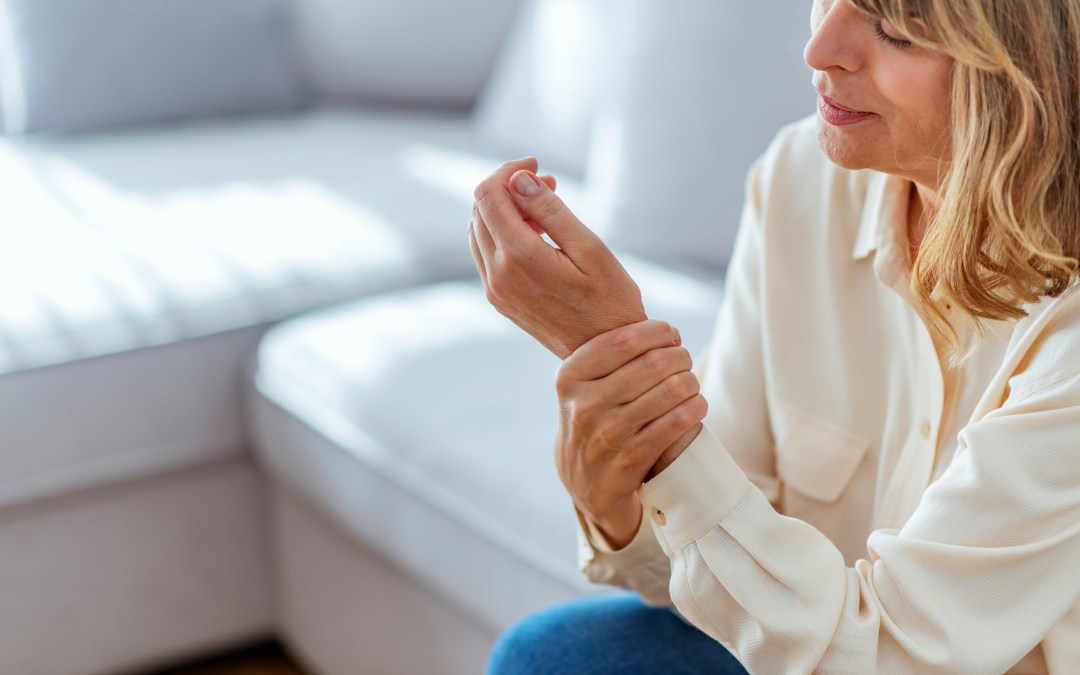The bones and joints in your body create the structure for muscles, tendons, and connective tissues that help you move around every day. Maintaining healthy bones and joints helps you stay active and avoid pain, even as you get older. It’s essential to understand how to care for your bones and joints and what steps to take to prevent the risk of bone or joint disease to avoid common and debilitating issues.
Common Bone and Joint Diseases
There is a wide range of conditions that can affect bone and joint health, but the most common are:
Arthritis
Arthritis is a broad term referring to joint pain or joint disease. There are more than 100 different types of arthritis and related conditions.
The most common form of arthritis is osteoarthritis, a chronic condition that leads to pain in the knees, hips, lower back, neck, finger joints, and toes. It happens when the cartilage around the joints breaks down and no longer provides a cushion for the joint to glide along the bone. Lumbar spine osteoarthritis is a frequent cause of chronic low back pain.
Osteoporosis
Bones are living tissues just like the rest of the body, with cells that are constantly renewing. As you get older, your bones lose density, weakening and becoming more prone to fractures or breaks. Osteoporosis affects about 54 million people and is more common after the age of 50. It is also more common in women than men.
Why Healthy Bones and Joints Matter
Healthy bones and joints are an essential part of your everyday life. They help you move around and protect vital organs like your brain and heart. Bones also store and release crucial nutrients like calcium and phosphorus into your body.
Physical and economic burdens of bone and joint disease
Joint pain and osteoporosis can make it harder to get the recommended daily exercise, putting people at higher risk of developing other chronic health conditions, such as diabetes, obesity, or heart disease. Almost half of adults with heart disease (49%) and diabetes (47%) also have arthritis, and many have activity limitations.
Back pain and arthritis are leading causes of disability, costing more than $304 billion per year in treatment and lost productivity. About 172 million workdays are lost each year because of arthritis and similar conditions.
How to Prevent Bone and Joint Damage
By taking care of your bones and joints, you can prevent or slow the progression of disease. Knowing your risk factors and how to care for your bones and joints — and starting early — is essential to your health.
Risk factors within your control include:
- Diet: Eat a healthy diet and get the recommended amount of calcium and vitamin D.
- Exercise: Stay active to strengthen bones and muscles. In addition to cardiovascular exercise, talk to your doctor about adding strength training.
- Weight: Being overweight or obese puts extra strain on your joints, but being too thin can also increase your risk of osteoporosis. Talk to your doctor about your healthy body weight.
- Smoking: Smoking cigarettes keeps your body from utilizing the calcium you eat and can lead to earlier menopause (and a higher risk of osteoporosis) in women.
- Alcohol: Drinking more alcohol increases your risk of osteoporosis. Limit alcohol in your diet.
There are also some risk factors you cannot control:
- Age: Getting older increases the chance of osteoporosis and arthritis.
- Gender: Women are more likely to experience bone and joint issues.
- Ethnicity: White and Asian women are at higher risk of osteoporosis.
- Family history: You are at a higher risk if you have a family history of bone or joint disease.
Be aware of these risks and get regular check-ups to catch these conditions early and avoid the long-term health consequences of bone and joint disease.

